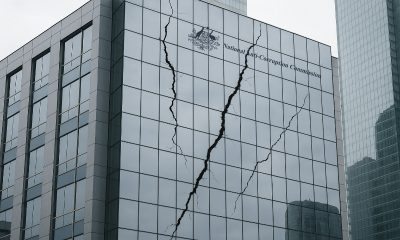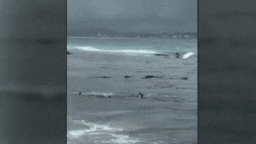Science
NASA Technology Enables Precision Landing and Hazard-Avoidance Without a Pilot – SciTechDaily
Some of the most interesting places to study in our solar system are found in the most inhospitable environments – but landing on any planetary body is already a risky proposition. With NASA planning robotic and crewed missions to new locations on the Moon an…

The New Shepard (NS) booster lands after this vehicle’s fifth flight during NS-11 May 2, 2019. Credit: Blue Origin
Some of the most interesting places to study in our solar system are found in the most inhospitable environments – but landing on any planetary body is already a risky proposition. With NASA planning robotic and crewed missions to new locations on the Moon and Mars, avoiding landing on the steep slope of a crater or in a boulder field is critical to helping ensure a safe touch down…
-

 Noosa News20 hours ago
Noosa News20 hours agoHelp find Sonia | Noosa Today
-

 General15 hours ago
General15 hours agoJohn Cleese leads tributes to ‘perfect’ on-screen wife Prunella Scales
-

 General10 hours ago
General10 hours agoCracks in the NACC. Brereton protected while corruption remains hidden
-

 Noosa News17 hours ago
Noosa News17 hours agoSharks in feeding frenzy close to shore at world-renowned surf beach Snapper Rocks

